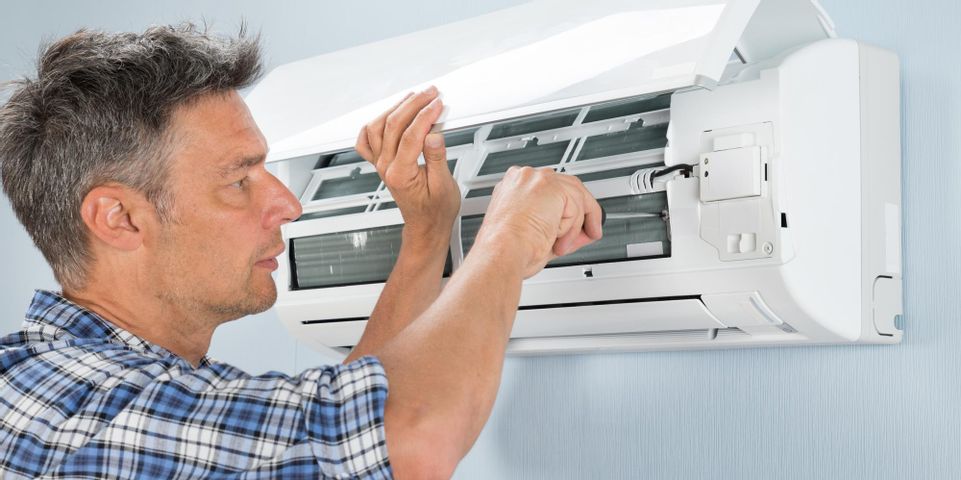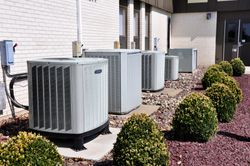
The heating, ventilation, and air conditioning (HVAC) system is one of the most vital components of a home. It’s crucial to comfort, and if you’re investing in a new system, you’ll have several options to explore. Consider the following central air, heating, and hybrid systems to ensure lasting satisfaction.
A Guide to HVAC Systems
1. Split
Split systems use a pair of units to handle heating and cooling. To cool a home, the central air system treats air with a condenser, cooling coils, and refrigerant and then circulates it into the house. There are several heating choices: heat pumps, furnaces, and boilers.
Heat pumps operate by drawing in outdoor air and using coils to extract the heat. They’re highly efficient but often aren’t enough to warm a home when temperatures drop below freezing. This is why many central air systems are paired with furnaces.
Furnaces are powered by natural gas, propane, or electricity. Forced-air systems generate heat and then circulate it throughout a home via the ductwork. The power source ignites a burner and heat exchanger, which warm incoming air, and the blower moves it into the house.
Boilers work by transferring heat from gas into a water source that’s then converted to steam or hot water. This is then passed throughout the home via radiant floor heating, radiators, or radiant wall and ceiling panels.
2. Hybrid
 Hybrid systems feature both air conditioners and traditional heating appliances. These work depending on the season and the programmed temperature. You can also choose between gas and electric power, depending on your seasonal needs. This can contribute to greater efficiency and savings. Like split systems, hybrid systems are controlled by a thermostat and circulate air through ductwork.
Hybrid systems feature both air conditioners and traditional heating appliances. These work depending on the season and the programmed temperature. You can also choose between gas and electric power, depending on your seasonal needs. This can contribute to greater efficiency and savings. Like split systems, hybrid systems are controlled by a thermostat and circulate air through ductwork.
3. Ductless
Ductless systems feature wall-mounted units that control the temperature in individual rooms. They connect to an outdoor compressor that’s used to cool or heat the air. The primary benefit of a ductless unit is room-to-room control. You can heat or cool a single room rather than the whole house, reducing waste and increasing comfort. However, the individual units aren’t as powerful as larger whole-home systems.
4. Packaged
Packaged HVAC units are less common and mostly used in warmer climates with mild winters. These use a single unit, usually installed in the attic. During summer, the air conditioner treats air like other whole-home systems; during winter, it generates heat electrically.
Are you considering a new HVAC system? Turn to the professionals at Reading Heating & Air Conditioning in Cincinnati, OH. This HVAC contractor is backed by over 70 years of experience, and the team will carefully assess your needs and recommend options to ensure effective whole-home heating and cooling. They also handle furnace and boiler repairs and installations, which you can explore further on their website. Call (513) 821-1633 to schedule a consultation, and connect on Facebook for news and updates.
About the Business
Have a question? Ask the experts!
Send your question

